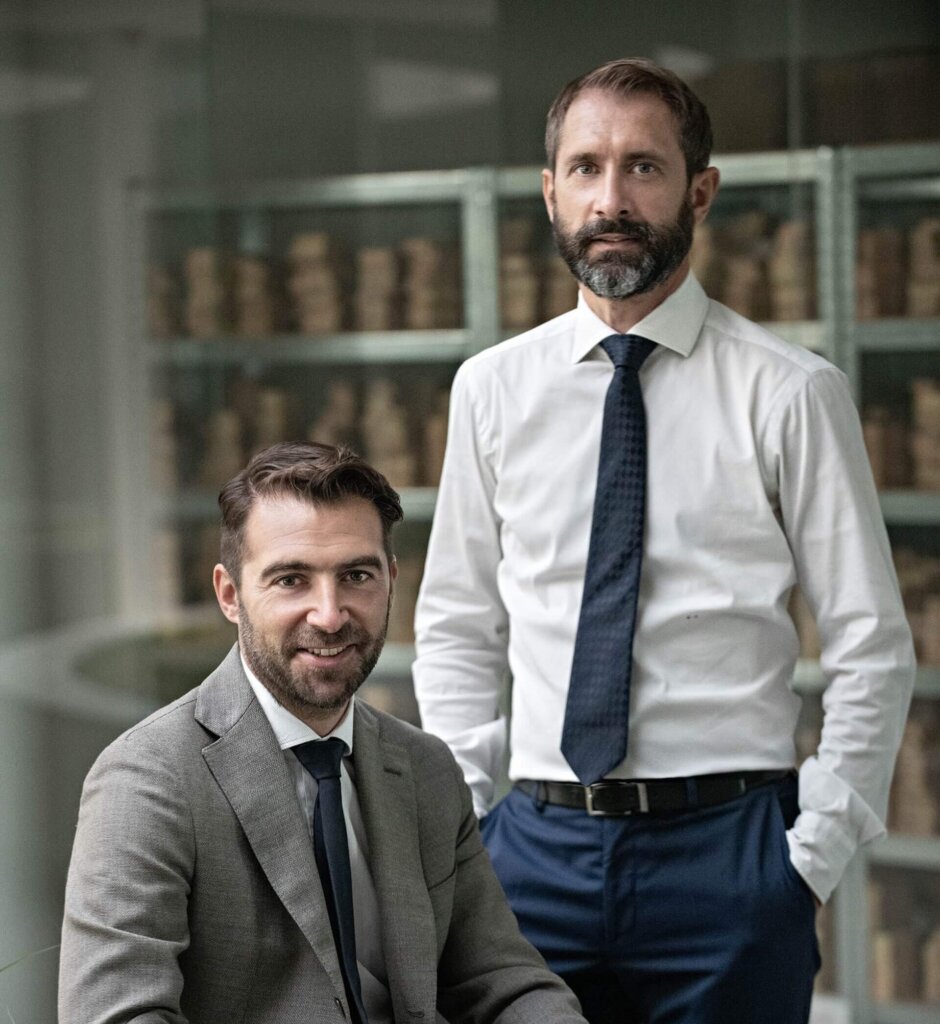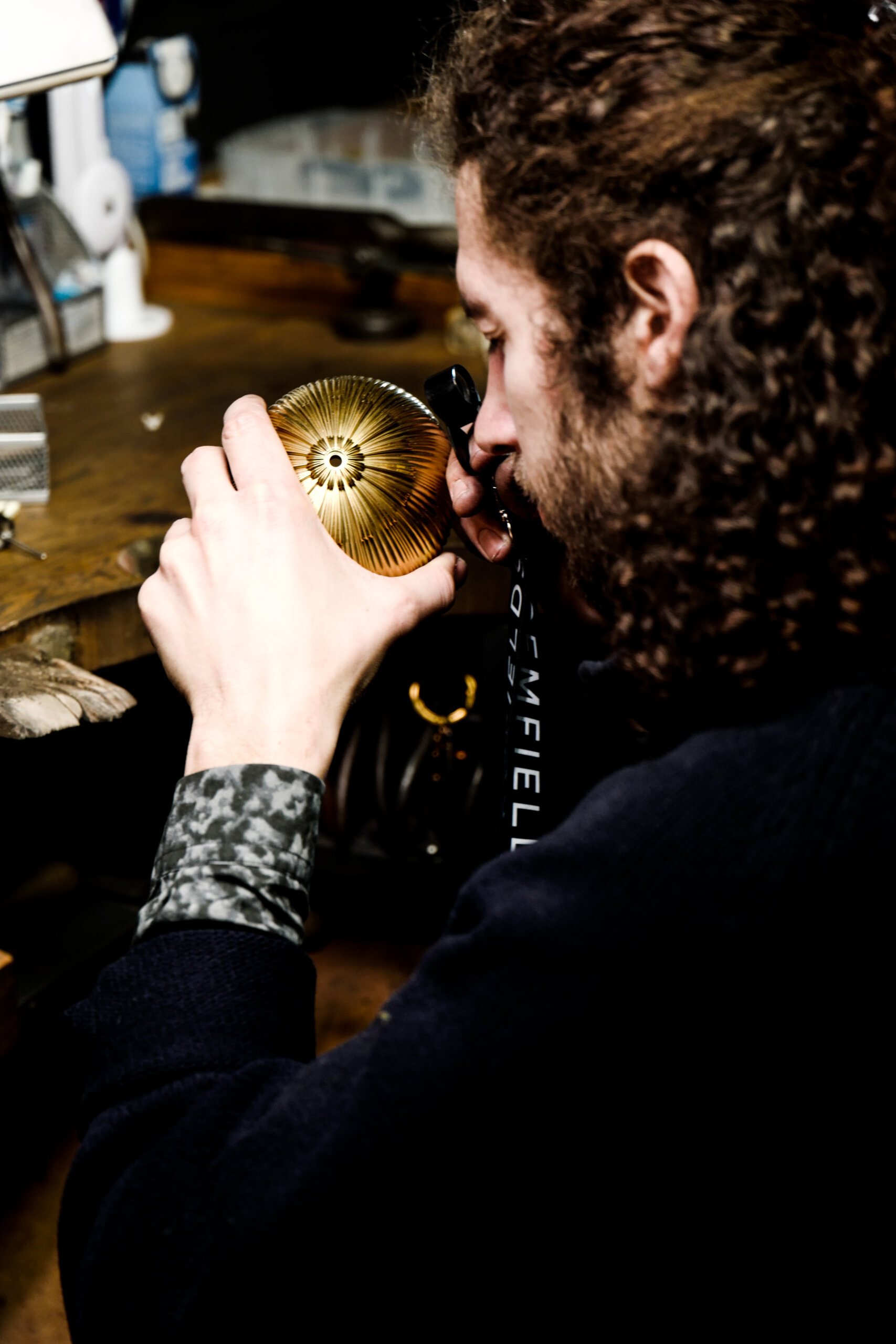
F
ew names in jewelry are as widely recognized or spark as much imagination as Fabergé. Most well-known as the Russian House ordained by the Imperial Crown, its history and heritage are replete with even more complexity than that distinction alone implies. Peter Carl Fabergé shepherded his father’s humble jewelry business to unimaginable heights, driving the direction of entire aesthetic conventions and establishing enduring cultural traditions. The legend of the family, which is inextricably tied to the brand, is filled with a level of intrigue, opulence, drama and adventure that adds to the mystique of its exquisite jewelry and objet d’art.
The tradition for including the unexpected and a flair for whimsy can be seen throughout their designs, sparking a sense of joy and wonder in their finely detailed collections.
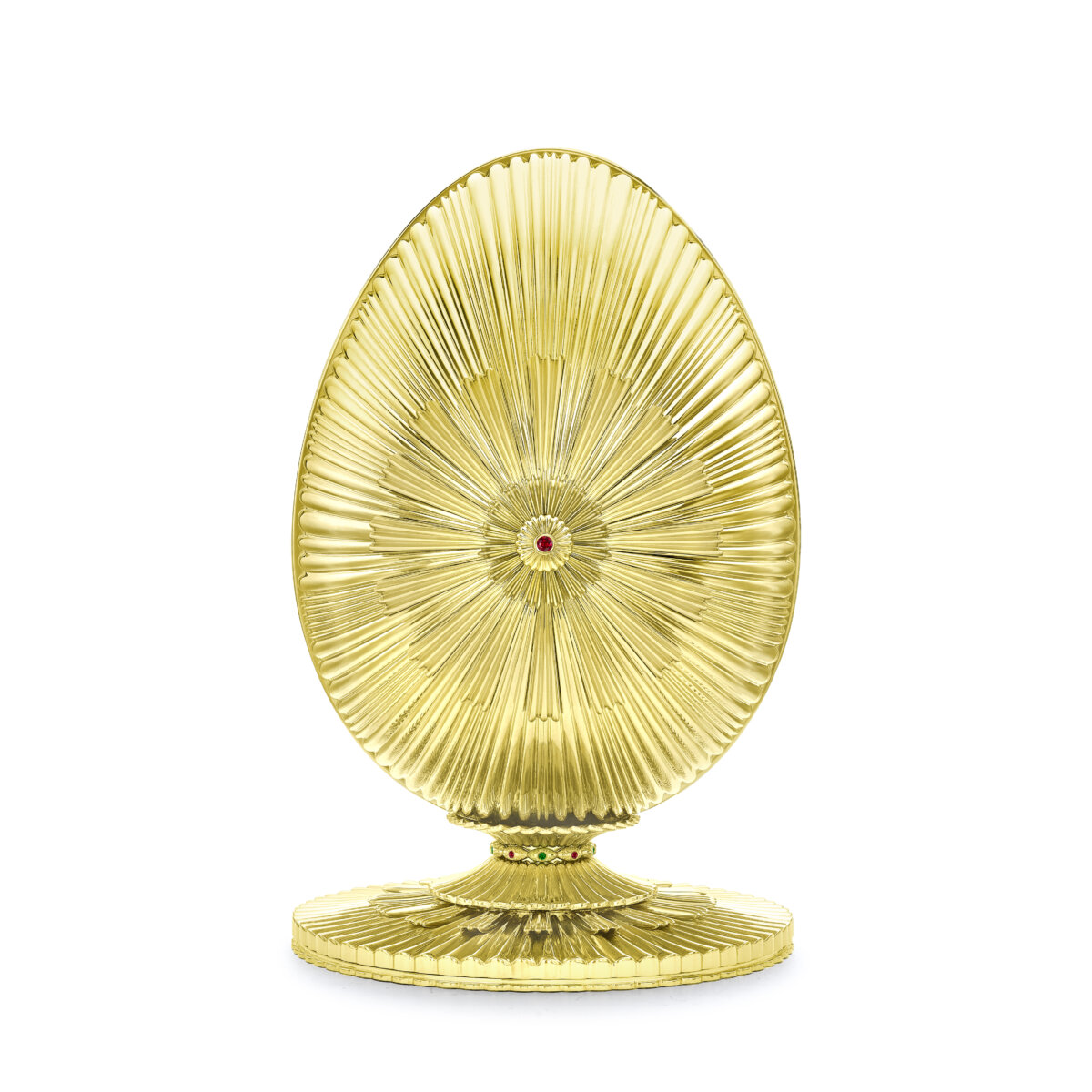
While Peter Carl Fabergé was technically born into the jewelry trade, prior to taking over the reins, he availed himself of an immersion into European artistic traditions. He undertook a grand tour of Europe and received education from highly-regarded goldsmiths in Germany, France and England, he attended a course at Schloss’s Commercial College in Paris, and he viewed masterpieces in the continent’s leading museums. Upon returning to St. Petersburg, he was able to continue his studies of the forgotten techniques of Master Goldsmiths of antiquity by cataloguing, repairing and restoring masterpieces in the museum founded by Catherine the Great, the Hermitage.
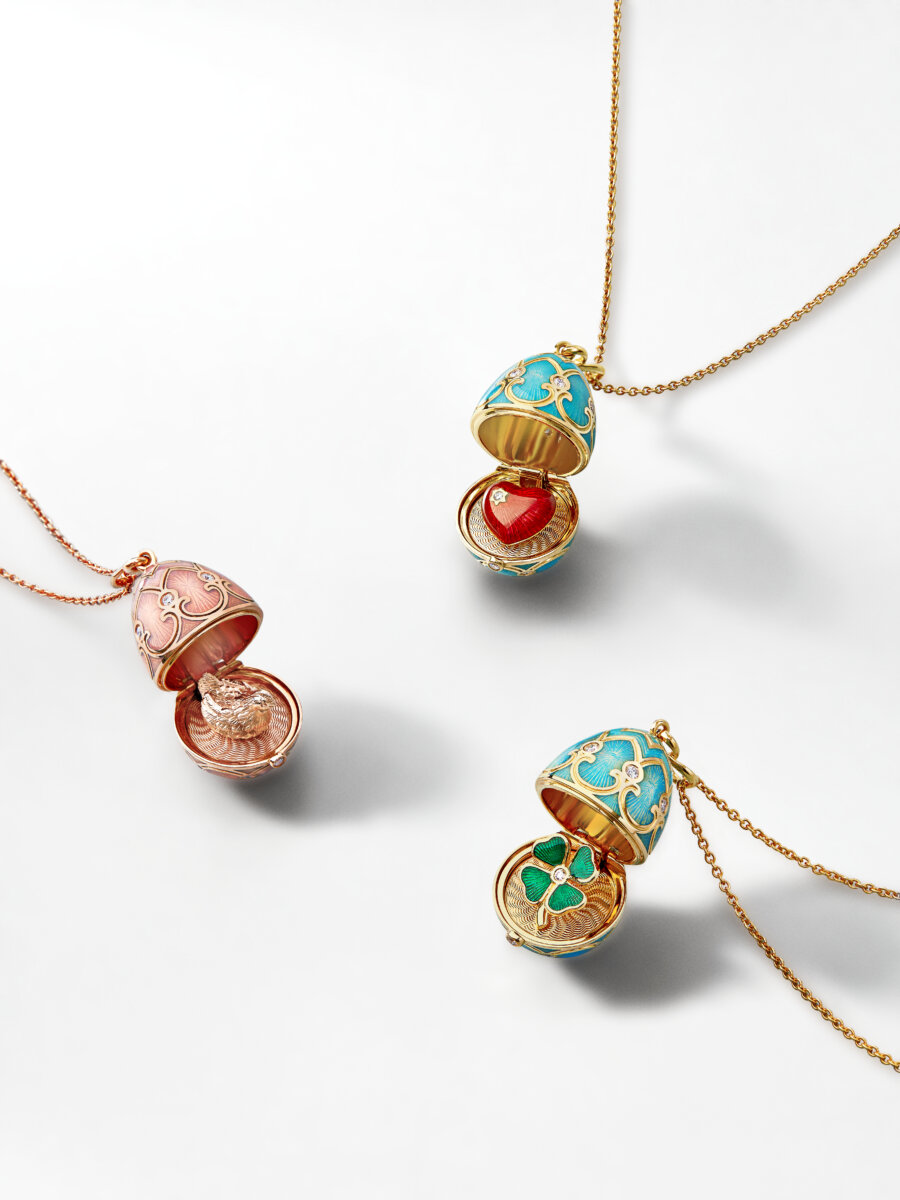
Following the death of his mentor, Hiskias Pendin, who had been his father’s trusted work master, Peter Carl Fabergé took sole responsibility for running the family company. Receiving acknowledgment from Tzar Alexander III for exemplifying superb, contemporary Russian craftsmanship, he was later commissioned by the Emperor to make an Easter Egg for the Empress. It was then that he was bestowed with the title “goldsmith by special appointment to the Imperial Crown,” and was commissioned to make a second egg the following Easter. The company later enjoyed complete creative freedom in crafting their Easter Eggs annually, only needing to adhere to the stipulation that each egg should contain “a surprise.”
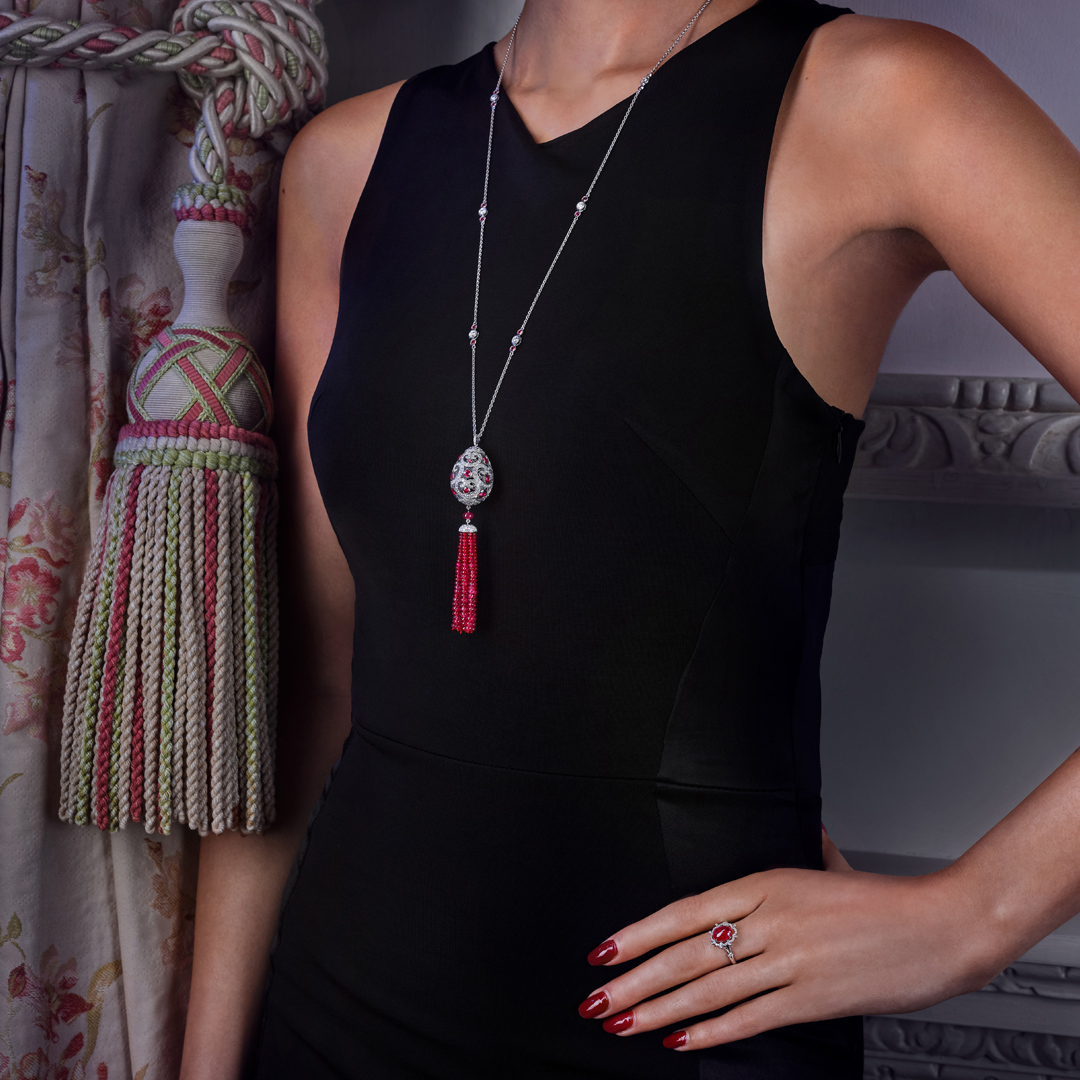
The House went on to receive international acclaim, and its storied journey includes Peter Carl receiving the title of Appraiser of the Imperial Cabinet, and the House earning countless awards and accolades, among them the grant of a Royal Warrant by the Court of Sweden and Norway. By the early 1900’s, Fabergé had clients from across the globe and was the largest jewelry company in Russia. Throughout wars and periods of civil unrest and uncertainty, the House of Fabergé became entwined with the National efforts, even utilizing its factory to create equipment and parts for the military.
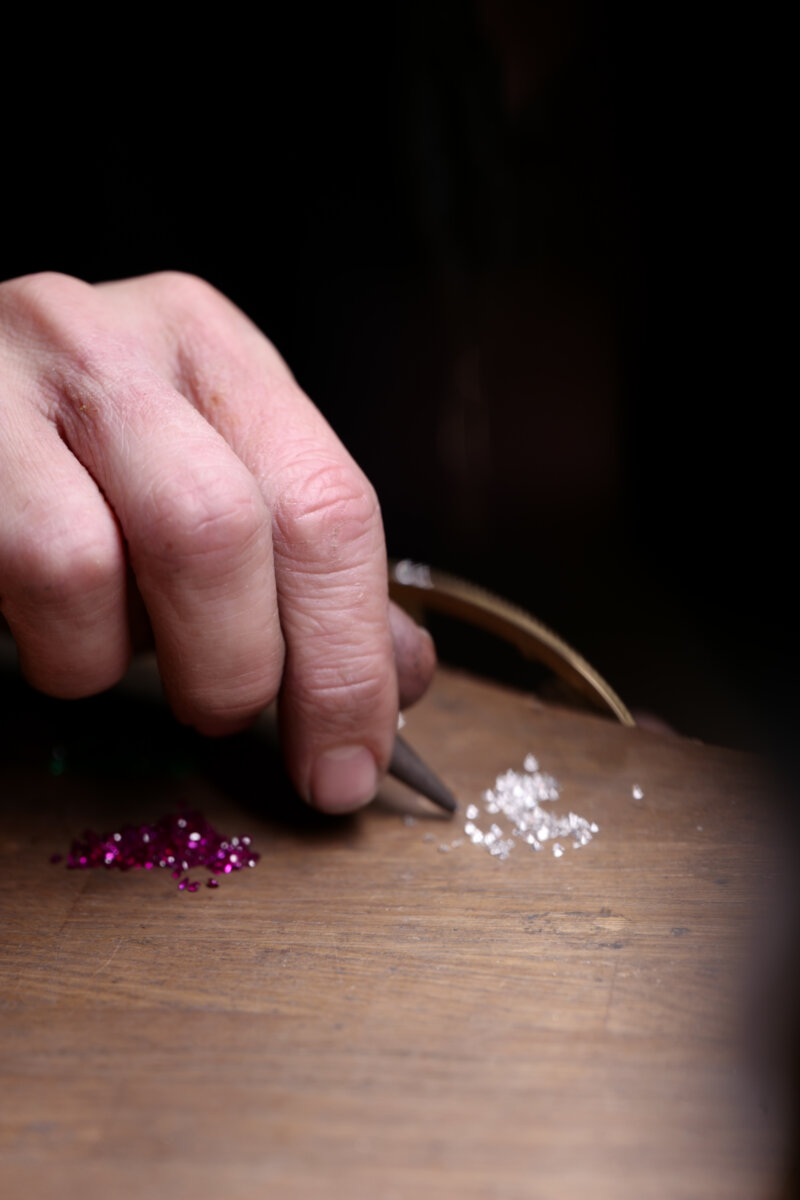
The family eventually needed to flee Russia after the company was nationalized. While the name Fabergé maintained its relevance throughout the decades, it was relaunched in 2007, and gained new life when it was acquired by Gemfields in 2013. With the introduction of timepieces and through continually expanding upon their collection of contemporary jewelry, the House pays homage to its heritage of elegant and exquisitely crafted designs. The tradition for including the unexpected and a flair for whimsy can be seen throughout their designs, sparking a sense of joy and wonder in their finely detailed collections.
